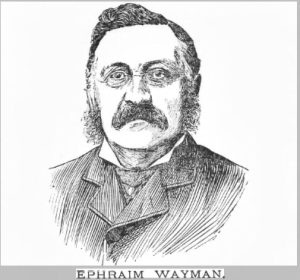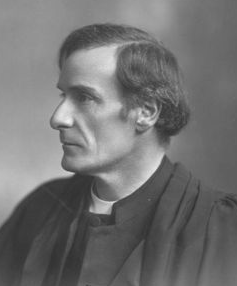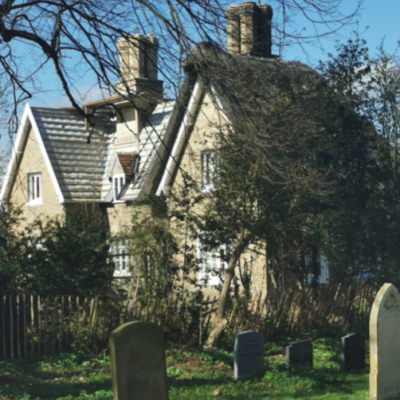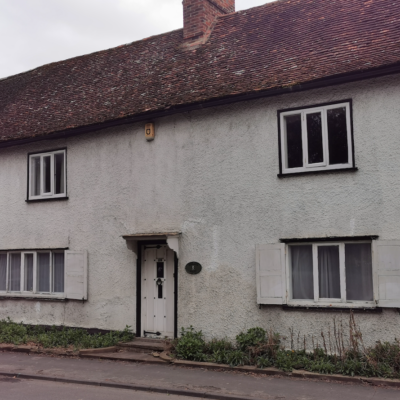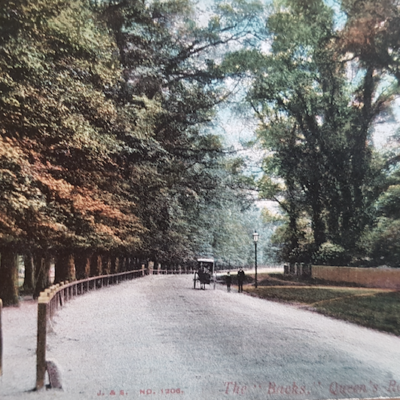Search by topic
- archaeology
- architecture
- bricklayer
- Building of Local Interest
- carpenter
- church
- crime
- dressmaker
- fire
- Great Eastern Railway
- listed building
- medieval
- oral history
- Public House
- Rattee & Kett
- Religious House
- Roman
- scholar
- school
- Then and Now
- tudor
- women
- work
- world war one
- world war two
Search by text
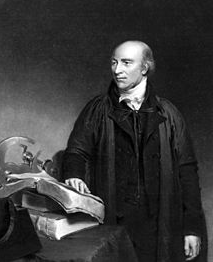 William Farish
William FarishMerton House
History of Merton House
Royal Commission Survey of Cambridge 1959: built by Professor the Rev William Farish, vicar of St Giles, and, on stylistic grounds, early in the 19th cent. Though said to have been built in 1790, it does not appear on the Inclosure Award map of 1804.
The Garden Wall is a listed building.
1800
Rev William Farish, vicar of St Giles and Professor of Chemistry 1794-1813.
1851
Thomas Smith, landed proprietor, b Derbyshire
Harriet
son, 2
daughter, 1
nurse, 33, b Kent
nursemaid, 21, b Ickelton
cook, 35, b Staffs
housemaid, 27, b London
guest, b Asborne
1861
Ephraim Wayman, 28, attorney and solicitor
Caroline A, 24,
Lavinia Hanchett, 11, visitor, b Ickleton
Harriet Dealtry,
Susan Jules, 24, servant, b Cambridge
John Garwood, 14, servant, b Cambridge
1881
Ephraim Wayman, 48, solicitor, b Girton
Caroline, 43, b Ickleton
Harriet Dealtry, 45, servant, b Cambridge
Alice Norman, 28, cook, b Isleham
Mary A Skinner, 23, servant, b Fen Ditton
In 1888 Ephraim was responsible a major criminal financial scandal that lead to at least one suicide and the ruin of many families in the Cambridge area. Both he and his wife fled the UK.
LP sent this note in 2024:
There is some evidence, as my Phypers was a friend of the nearby workhouse, that some of the funds tied up for the purpose of supporting out of work farmers and families was held in a trust embezzled by Wayman. The Phypers mortgage was squandered by his gambling and remortgaging practices, but Wayman got away with £100,000 (which was millions of pounds then). I can imagine the local workhouse suffered as a result of the loss of Trust funds. The Workhouse was at Chesterton then – I’ve yet to research this even further, but have found employees there and ‘inmates’ of the time – mostly old couples or farmers into their old age that had fallen upon difficult times. It seems also that Wayman’s actions cast many more in that direction following the significant financial losses they nearly all suffered. When the law caught up with Wayman, he had covered his tracks and was never found – he’d stolen a friend’s luggage with their initials on and snuck out of the country via London with the false lettering on his cases. The Courts sold off the contents of his home, including “I Am The Light Of The World” which is now at the V&A I think. Ironic to have owned it, given the fact his wife was left behind to carry the disgrace.
1913
1939 vacant
1962
Contribute
Do you have any information about the people or places in this article? If so, then please let us know using the Contact page or by emailing capturingcambridge@
License
This work is licensed under CC BY-NC-SA 4.0








